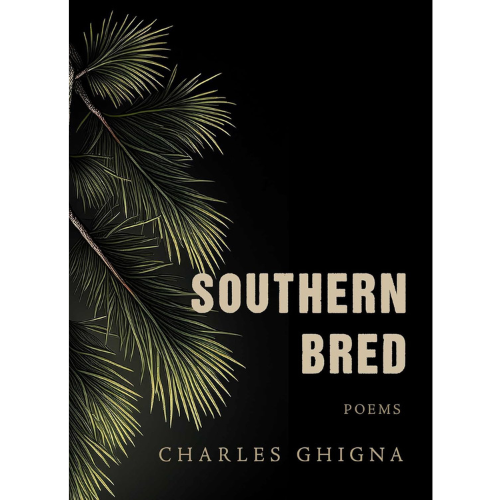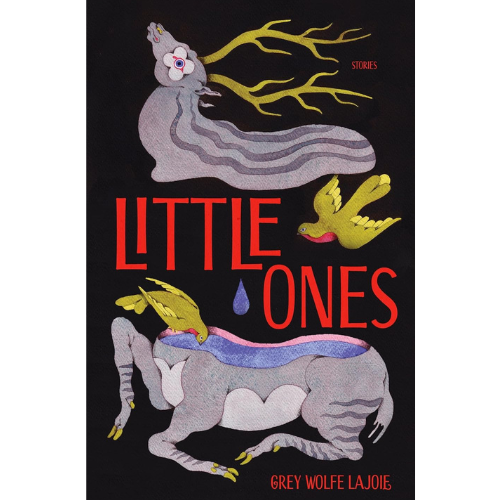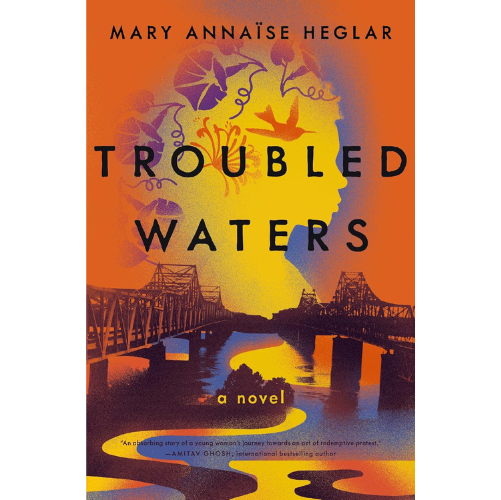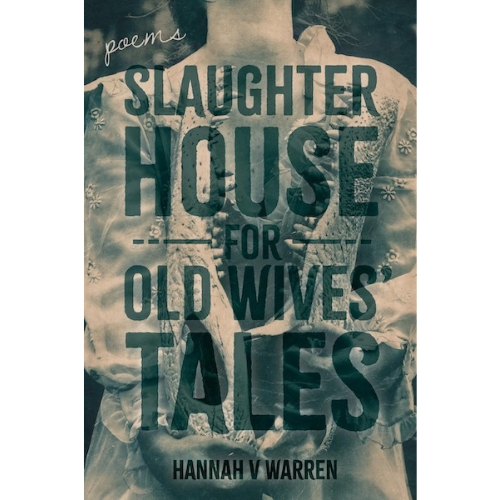The Chase and Ruins: Zora Neale Hurston in Honduras
Johns Hopkins University Press, 2023
Cloth: $28.95
Genre: History, Literary History, Latin American and Caribbean Studies
Reviewed by Jason Gordy Walker
One of the book’s epigraphs, quoted from Hurston, summarizes her experience: “Except for the waters of the Gulf being a most godly blue, the voyage was uneventful.” Although Hurston’s adventure left her expectations unfulfilled, it nevertheless helped her grow as a writer and a person. In Honduras, she had space to focus on her novel, away from the stress of U.S. racism and the petty conflicts of her literary circles. Green notes that, with Seraph, Hurston aimed to write a novel that would “make it big in Hollywood…”; surprisingly, this novel’s main characters are poor whites—more specifically, as Hurston biographer Valerie Boyd put it, ‘“the Florida crackers of the swamps and turpentine camps.’” Green states that “[t]his tactic was…her way of contesting the rules that said African Americans should never write about white people.” In short, Hurston wanted to make some money, restore her reputation, and challenge herself to write about a new subject. As was often the case for Hurston, her friends and colleagues accused her of catering too much to white America. Although Seraph was not focused on the people of Honduras, it gave Hurston an excuse to go somewhere where she could strengthen her creative energy and experience new landscapes.
Hurston failed to discover the Mayan ruins, but Green reports: “She knew the ruins she longed to see existed.” Modern scientists did not locate the “pyramids, mounds, and long plazas that had presumably sat untouched for centuries” until 2015. If Hurston had found the ruins, or even a single ruin, one can imagine her career may have ended on a lighter note. Instead, when she returned to the States, she was falsely accused of molesting a boy and arrested by New York police. Fortunately, the charges were dropped, but the debacle had an overwhelming effect on Hurston. She felt betrayed “not only by Black people but by the United States.” In Honduras, she could express her privilege as a U.S. citizen, and she had a power advantage over the locals. Not so much in her home country. To escape the drama that made her want to die, she traveled with a boat captain to the Bahamas. She started a new novel, The Lives of Barney Turk, about a white man who traveled to Honduras from Florida. The novel was never published and disappeared entirely. Hurston died penniless, utterly alone, unknown to almost everyone around her. Years later, writers like Alice Walker promoted her work. Since then, her reputation has flourished, though she could still be better known in Alabama, where she was born.
In addition to providing piercing insight into Hurston’s life during her Honduras excursion and its aftermath, Green amply describes the banana trade in Central America, Mayan history, Hurston’s Florida, and the history of race relations in America. The bibliography section is extensive and an important resource for students and academics specializing in Zora Neale Hurston or African American studies in general. Green integrates archival sources from the Newberry Library, the George A. Smathers Libraries at the University of Florida, and the map collection at the Library of Congress. The photographs and maps Green includes—a young Zora wearing a white blouse with a black scarf, a map tracing her movements from Mobile, Alabama to Honduras, and an elegant photo of Mazapan, La Ceiba, Honduras—enhance the text’s validity, adding plenty of context to the large amount already available.
With The Chase and Ruins: Zora Neale Hurston in Honduras, Sharony Green has given us a hyper-specific scholarly text that ought to be studied by current and future researchers and casual Hurston fans alike. Although this era of Hurston’s life may be deemed slight compared to her peak during the Harlem Renaissance, the reader will undoubtedly gain fresh insights into Hurston, the author, and Hurston, the woman. Well worth several reads, Green’s book sways the reader into a deeper appreciation of an often misunderstood and underappreciated American genius, one of the best to have ever emerged from Alabama, Zora Neale Hurston.
Jason Gordy Walker is a poet, translator, and prose writer who lives in Alabama. His reviews and interviews have appeared or are forthcoming in Birmingham Poetry Review, Poetry Northwest, and elsewhere. He has received scholarships from the New York State Summer Writers Institute, among other institutions, and holds an MFA from the University of Florida.







Leave A Comment
You must be logged in to post a comment.